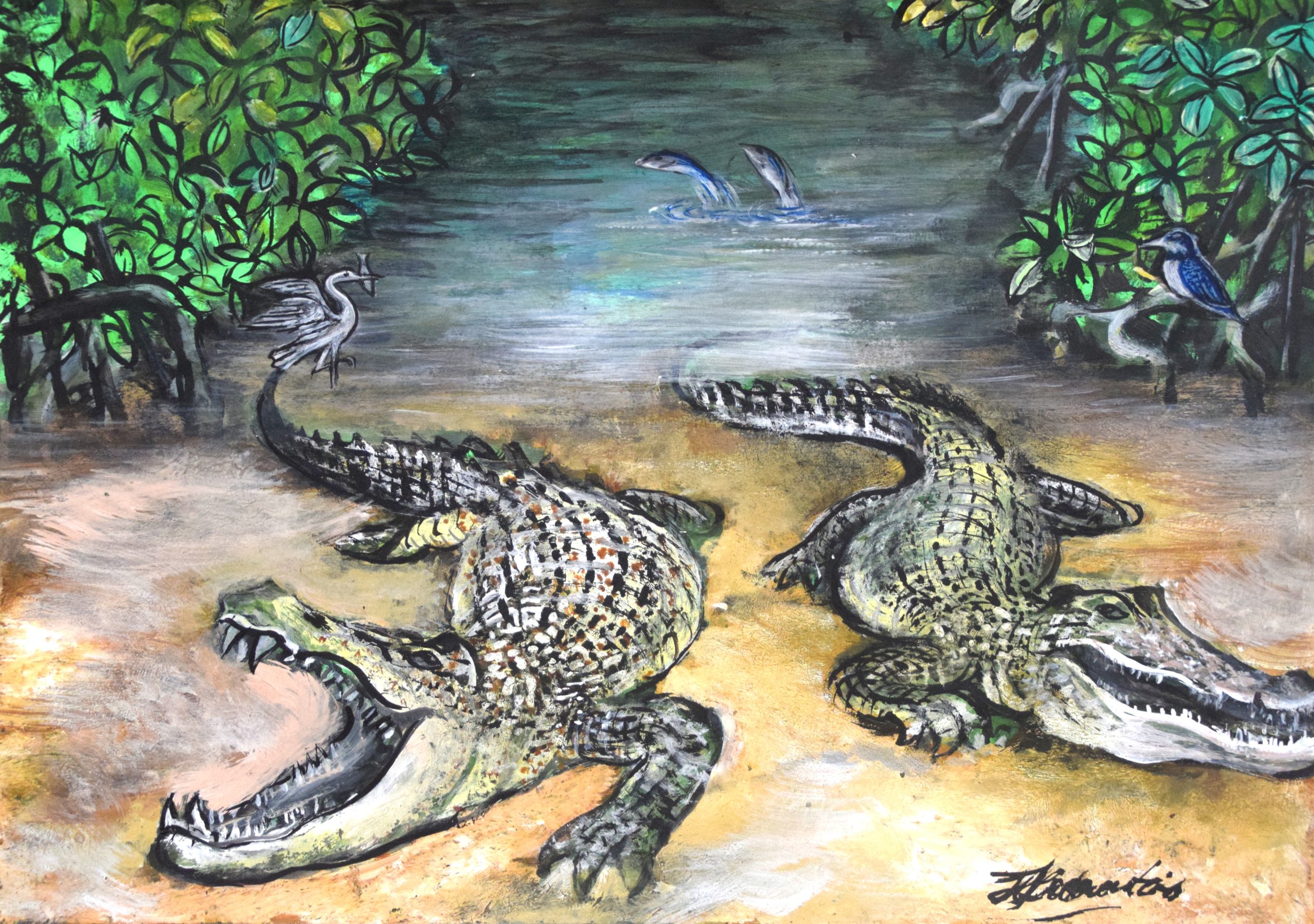On a late afternoon in 2016, Zevia was collecting shells with her grandmother in the mangroves behind the village when a crocodile suddenly pulled her underwater. Zevia fought the crocodile and somehow escaped, but she died two weeks later from the infected wounds on her legs and back. She was 13 years old.
Kyio, four years old, was bathing in the river when the crocodile bit him and dragged him to the deep. His sister hit the crocodile on the head and pulled the boy back, but it was too late. Saleani, nine years old, was playing with her friends when a crocodile pulled her underwater.
The village searched for two days before they found her body underwater, hidden under a tree. Cathyleen, nine, disappeared when she went to the riverbank early in the morning to defecate. Grinnet, 16, was pulled from her dugout canoe. Peterson, 13, drowned when he was bitten on his leg. Gumu, seven. Junior, nine. Martin, 14. Consi, 12. Don, six. The list is much longer.
Attacks are a growing challenge
In 2018, we conducted a survey throughout the Solomon Islands and recorded 83 fatal crocodile attacks on people, including 31 on children. We found out that every year, on average, five people are killed by saltwater crocodiles. Many other people are seriously injured and traumatised in crocodile attacks. We recorded 225 crocodile attacks over the past 20 years, 37 percent with a deadly outcome. Most crocodile attacks are on fishermen who dive at night on the reefs. But attacks on children typically result in higher fatality rates: in 63 percent of attacks, the victim did not survive the encounter. A major concern is that the number of attacks on people has increased markedly over the past ten years, most likely the result of the recovery of the saltwater crocodile population.
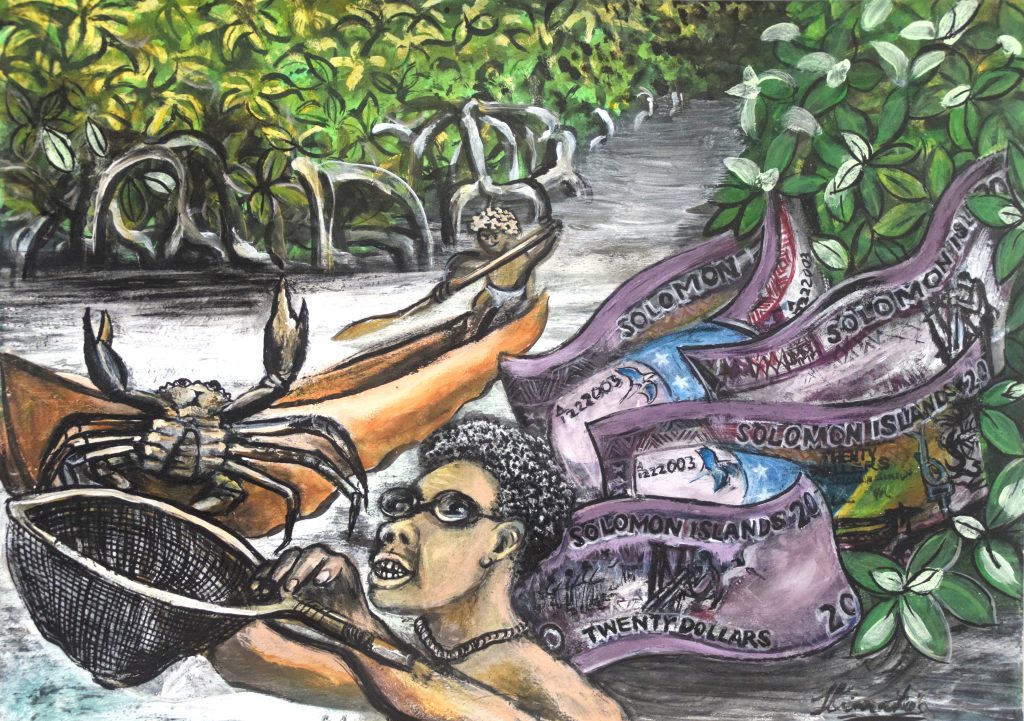
The saltwater crocodile is a large predator, with some individuals measuring up to 6m and weighing more than a tonne. The species inhabits tidal rivers, freshwater lakes and mangrove forests, and occasionally forages on coral reefs. Saltwater crocodiles hunt a wide variety of animals, including people. Prey is typically ambushed in or at the edge of the water. Small animals are swallowed whole, large ones are dragged into deep water, drowned and then torn to pieces.
Commercial hunting and habitat loss has wiped out the species in most parts of its former range. But in areas with large undisturbed wetlands, such as Australia, Papua New Guinea and the Solomon Islands, saltwater crocodile populations recovered rapidly when trade in crocodile leather was banned. In these countries the species is a growing source of concern for rural communities.
Sacred reptile
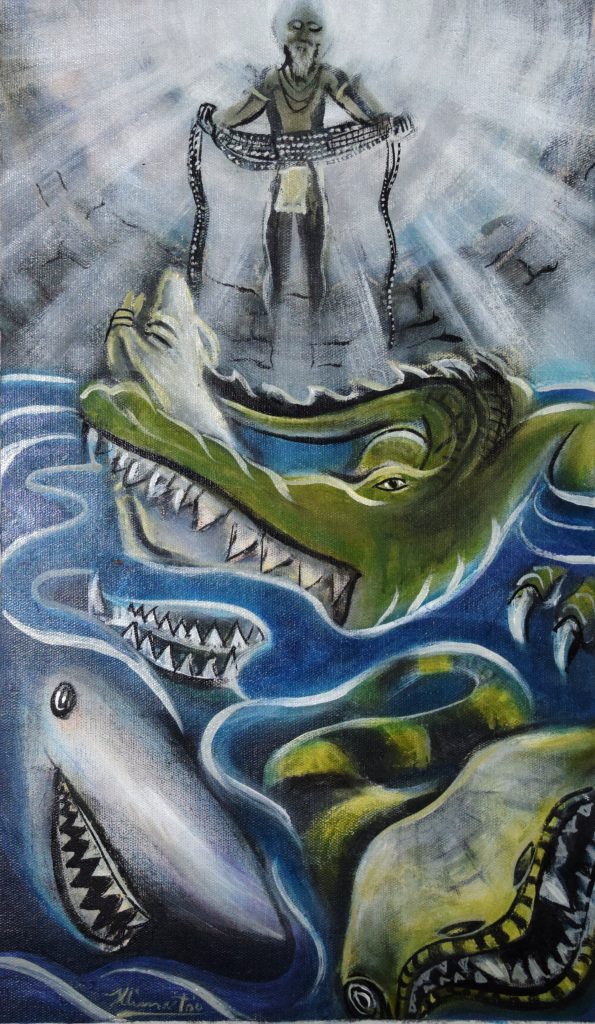
Perhaps because of the ever-present danger saltwater crocodiles pose to people, the species plays a prominent cultural role in the Solomon Islands. Throughout the archipelago, there are customary restrictions on killing and eating crocodiles. In more than half of the 234 villages that we visited during the survey, people said that crocodiles were sacred animals. Some people see crocodiles as their totem animal, tracing their genealogy to a mythical crocodile ancestor. Others tell stories of spirit-crocodiles guarding tribal lands, women giving birth to crocodiles and chiefs talking to the reptiles. In many villages people respectfully talk about the grandmother-crocodile that inhabits the mangroves. In principle, these sacred crocodiles are benevolent creatures that help their human relatives in times of need. But the
ancestors can also be vengeful, and punish people who violate customary rules and taboos. In many cases, a crocodile attack is attributed to sorcery, theft or adultery.
Conservationists tend to dismiss such animistic beliefs as primitive superstition, irrelevant for the modern world, and a constraint for effective saltwater crocodile management. They advocate setting up a crocodile leather industry in the Solomon Islands, following the Australian example where crocodile farming is a profitable industry. Sustainable use will generate monetary incentives for rural communities to tolerate crocodiles in the wild, or so is the hypothesis.
I disagree, and think that efforts to prevent human-crocodile conflicts in the Solomon Islands should be based on local knowledge and experiences. To be clear, I do not claim that people live in harmony with saltwater crocodiles. They don’t. People fear crocodiles. Villagers are shocked and angry when a crocodile takes a life, and rigorously persecute the man-eaters after an attack. In most villages people trap crocodiles once they pose a threat to children and livestock.
Coexistence
Animistic beliefs and traditions are instrumental for coexistence on a more fundamental level. First, totems and taboos often offer practical guidelines to minimise the risk posed by a dangerous predator. The prohibition to enter sacred sites, which are in many cases areas where saltwater crocodile nest, is an obvious example.
Respecting crocodiles is another. Fishers have in-depth knowledge of crocodile ecology and behaviour, and take common sense precautionary measures to prevent attacks, such as avoiding murky water and deep pools where crocodiles hide.
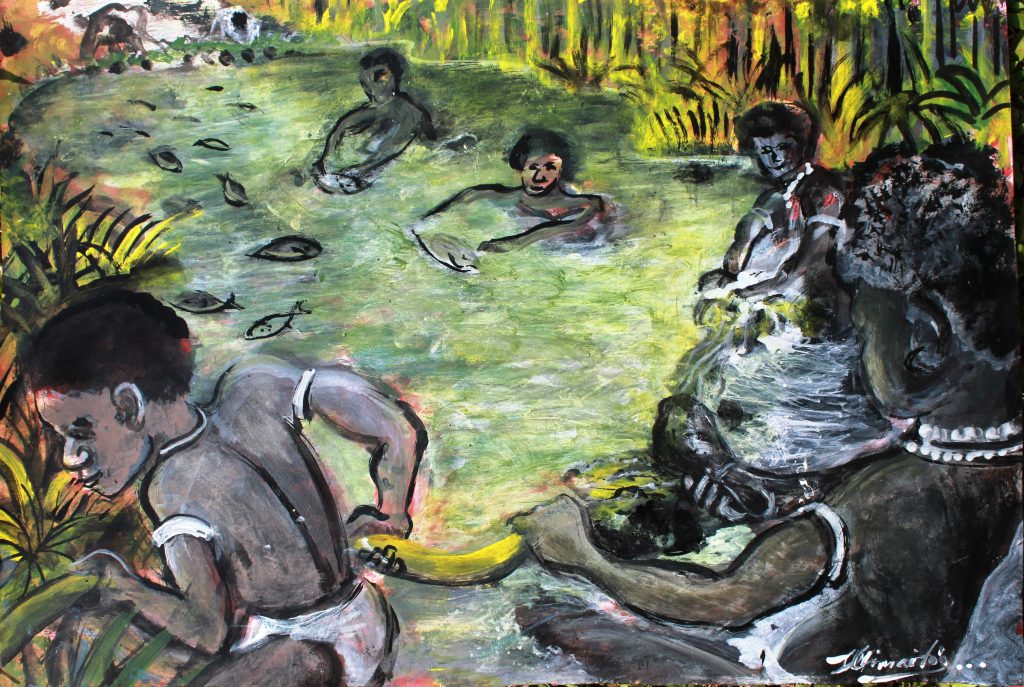
Second, stories of ancestors, spirits and sorcerers give meaning to crocodile attacks. These beliefs rationalise traumatic events, and thereby help people to cope with pain and loss. Third, and perhaps most important, these cultural values enable people to accept risk and uncertainty. People acknowledge the danger posed by crocodiles, and are resigned to the possibility of a deadly encounter.
It is important not to confuse this acquiescence with apathy or ignorance. On the contrary, it is based on stark realism. In most cases there is simply no alternative: people need to fish, bathe and shit, also when and where there are crocodiles. Most of the time things go well. It is in fact surprising how relatively few crocodile attacks occur, given the number of people who go out every night in saltwater crocodile habitat to spearfish, gather shells, wash or relieve themselves. Preventing crocodile attacks on humans, for example, by fencing bathing areas, would require investments that are infeasible and unrealistic. Rural communities in the Solomon Islands have to deal with a range of other problems that are undoubtedly more urgent. The sad reality is that many more children in the Solomon Islands die of diarrhoea, malaria, car accidents, and domestic violence than of crocodile attacks.
Relationships, respect and resignation
Efforts to minimise the risk posed by crocodiles in the Solomon Islands should, in my view, build on and reinforce indigenous knowledge and practices. After all, the folk stories, legends and myths reach far more people than any public awareness campaign ever can. Every child in the Solomon Islands knows very well that crocodiles are dangerous, and that caution is needed in the mangroves.
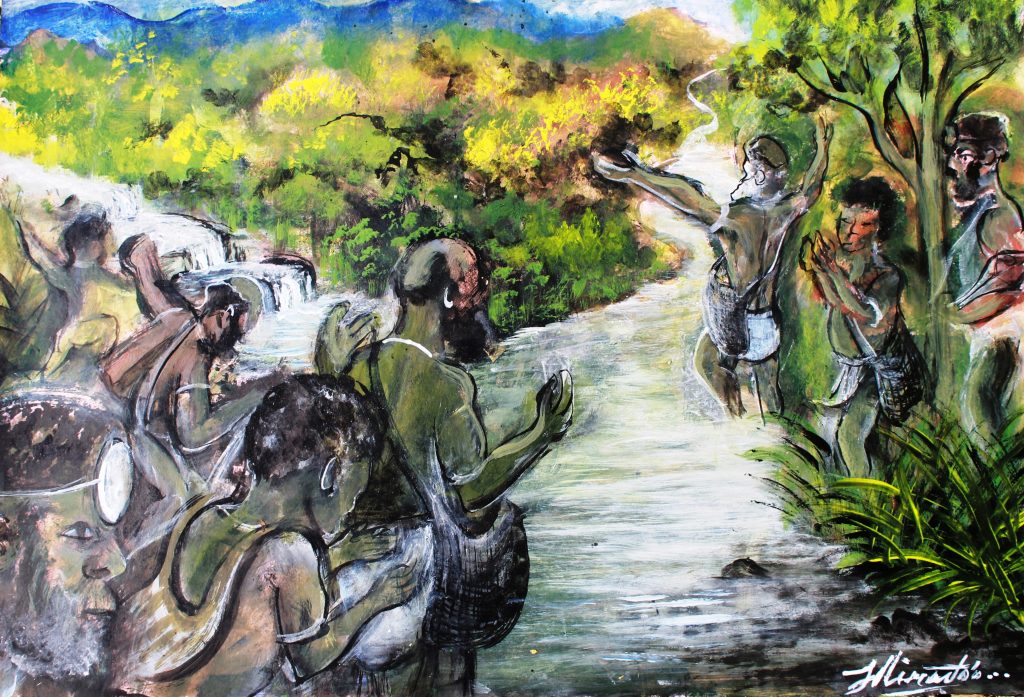
What makes the preoccupation with crocodile farming and leather trade so damaging, in my view, is that it contradicts the wisdom and worldview of people in the Solomon Islands. The Western notion of human separation from, and dominance over, nature challenges the indigenous view of descent and kinship. The proposition to farm these supposedly soulless animals undermines respect for the living, animated world. The export of leather will not prevent crocodile attacks from happening, and the few dollars for a crocodile skin can never compensate the loss of a loved one. Such logic seems far more irrational than the belief that people and crocodiles are related.
To prevent saltwater crocodile attacks on humans it is much more effective to invest in basic rural development programs, particularly related to healthcare and sanitation. Ensuring that antibiotics and other medical supplies are available at rural health clinics could significantly reduce fatality rates. Perhaps this could have saved Zevia. Likewise, much can be gained if people are no longer obliged to defecate in mangroves, beaches or river banks at night, or to bathe in a murky river. Providing safe access to sanitation and clean water can minimise human-crocodile interactions, and obviously has much broader public health benefits. Perhaps Kyio would not have died.
It seems hard, perhaps impossible, to reconcile the loss of so many children with the aim to conserve saltwater crocodiles in the wild. The best answer is to rely on the cultural values and wisdom of people who live with these dangerous predators. Coexistence is not about posters, fences or money, but about relationships, respect and resignation. Coexistence is, as the anthropologist Val Plumwood wrote after being attacked by a saltwater crocodile herself, about ‘being humble about our relationship with the Earth and about the need to acknowledge our vulnerability’.
Further Reading
Plumwood V. 1995. Human vulnerability and the experience of being prey. Quadrant 39(3): 29–34.
Van der Ploeg J., F. Ratu, J. Viravira, M. Brien, C. Wood, M. Zama, C. Gomese and J.Hurutarau.2019.Human-crocodile conflict in Solomon Islands. Penang: WorldFish.
